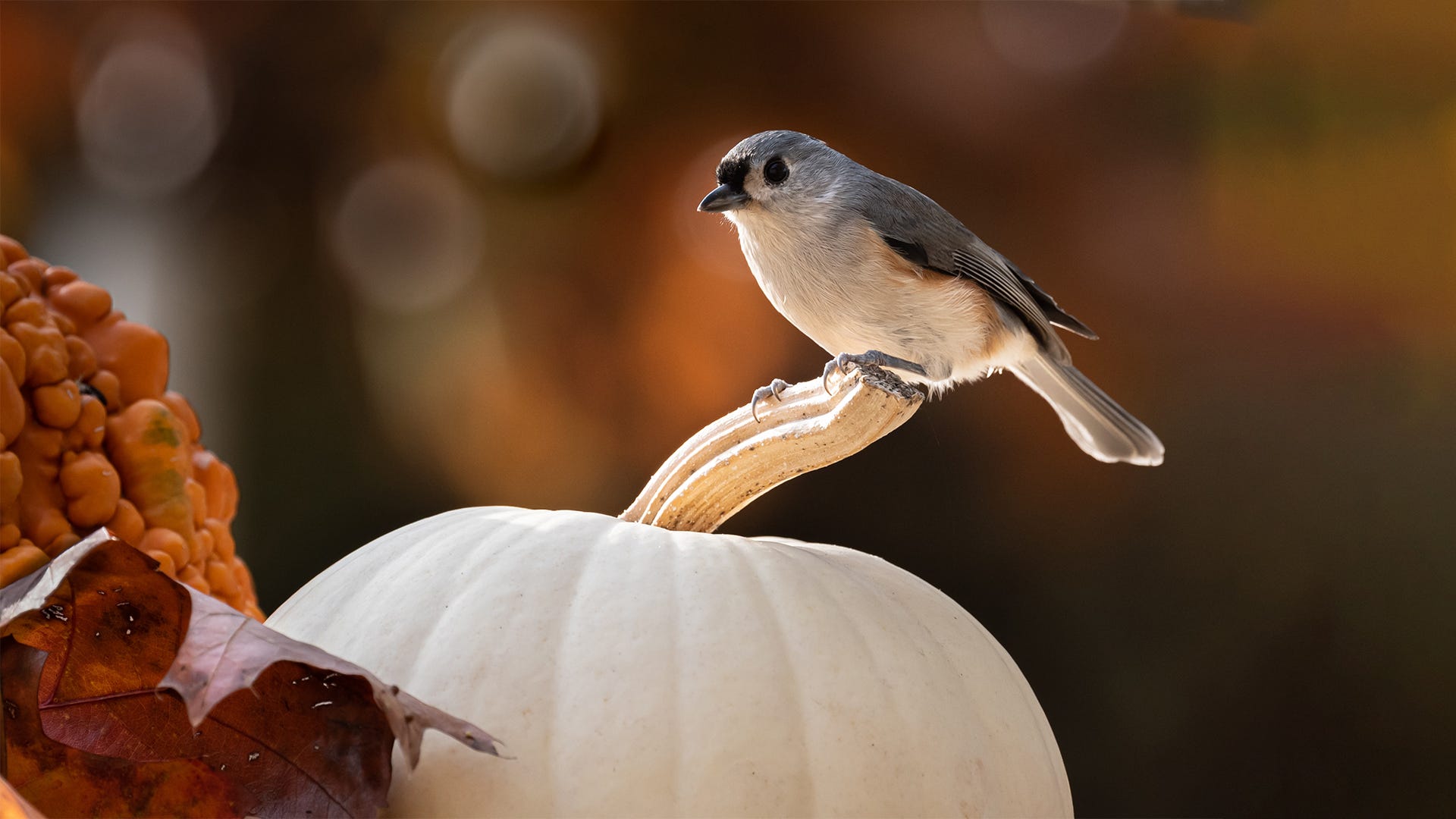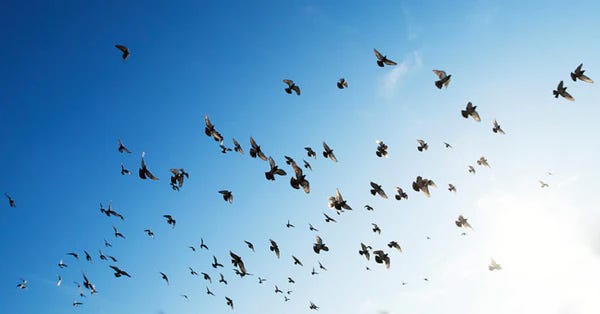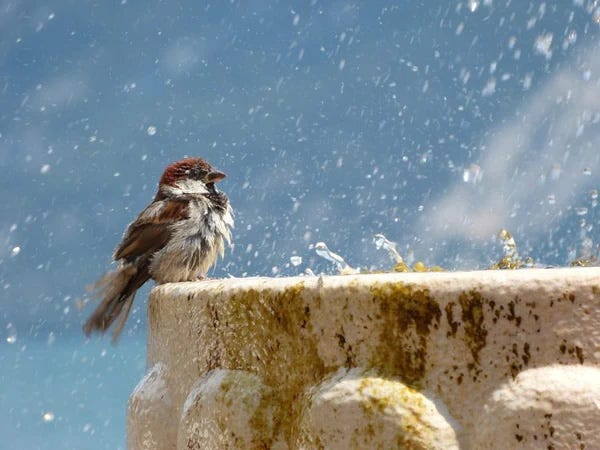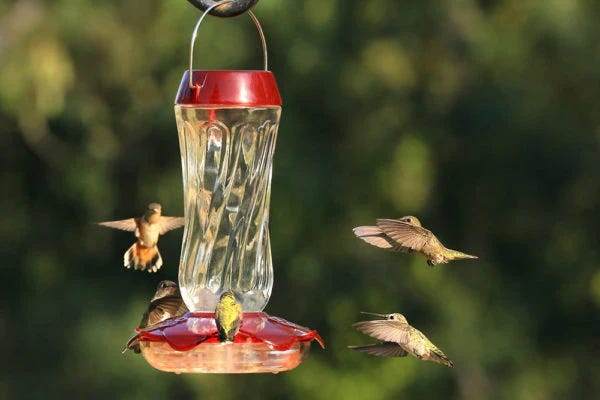
Migrating birds are now making their way south for winter. Some believe this is the time to cut back on bird feeding, however, this could not be further from the truth.
Fall is a fantastic time to feed birds. Offering a steady, plentiful bounty of delicious treats could make a world of difference for tired and energy-drained feathered friends. Migrating birds need abundant sources of food and water to boost their energy as they make their lengthy flights. With the beginning of fall and the onset of colder weather comes a decrease in the once-plentiful resources available in summer, putting birds in competition for dwindling resources. Backyard bird feeders alleviate the shortage by increasing the availability of food.
Below are some tips on how to make your yard more appealing and helpful to migrating birds, including what to offer in your feeders.

Preparing Your Yard for Fall’s Migrating Birds:
- Keep winter birds in mind when planting:Winter birds benefit greatly from a yard that provides them cover and on-going natural food sources, in addition to feeders. Planting some evergreens in your yard will provide a dense cover that birds can use in colder months to hide from predators and get shelter from the elements, even after other trees lose their leaves. Also, consider planting some shrubs or other plants with longer-lasting berries—such as bayberry or holly—which winter birds can snack on for necessary energy. You can also leave the seed heads in your flower gardens at the end of summer for birds to enjoy.
- Put out more feeders: The more feeders you have out, the more birds you can accommodate and
the less competition there will be. Putting out more feeders and different feeder types will also let you offer
more variety in your food choices, like sunflower seed
in a tube feeder, suet in a suet cage, and mealworms in a small dish feeder.
- Check feeders for damage and clean out nest boxes: Summer feeding and nesting can be hard on wild bird equipment. Look over feeders and nest boxes for damage and clear out old nests and nesting materials so birds can take advantage of them safely and without injury or illness during the winter months. Clean feeders are healthier for the birds, so be sure to clean your feeders thoroughly at the start of fall when the temperature outside makes this chore more pleasant. Keeping your feeders clean and full is the best thing you can do for the birds.
- Prepare windows to prevent bird strikes: Birds, especially ones new to your area, cannot distinguish a reflecting window from the nature around it. Providing some disruption to the glass’ reflective surface is essential for birds to realize it’s a solid barrier. You can use soap streaks on the outside of the window or a decal. (Don’t just pull your blinds or curtains closed; that could make the reflections worse!)

Let the Water Flow:
- Migrating birds get thirsty too: Having a birdbath with fresh, clean water available gives traveling birds a place to rehydrate and get a drink or even a quick bath. Be extra attentive with cleaning your birdbath in these times of increased traffic to prevent disease.
- Give your water feature a splash of sound: Birds will be even more attracted to the water if it’s moving. Adding a bubbler or mister can bring in a larger multitude of birds, even ones not snacking at your feeders.

Food for Flight:
- Black oil sunflower seeds: High in fatty oils. Good for both migrating birds needing energy and winter birds storing up reserves for a cold winter.
- Suet: Offers the necessary fat for energy regulation during migration and temperature regulation for surviving cold days. Draws in a more diverse variety that may not eat seed.
- Nuts: High in fatty oils to provide energy. Favored by woodpeckers.
- Berries: Many birds that feast on high-protein insects in the summer. Switch to fruit and berries in the colder months when bugs are harder to come by.
- Nectar: Hummingbirds that live farther north may still be migrating through your area in early fall. Don’t take your nectar feeders down as soon as your last hummer or oriole resident leaves. Leave your feeders up at least a week after you have seen the last hummer to give stragglers time to catch up.
- Mealworms: Excellent source of energy and protein.







